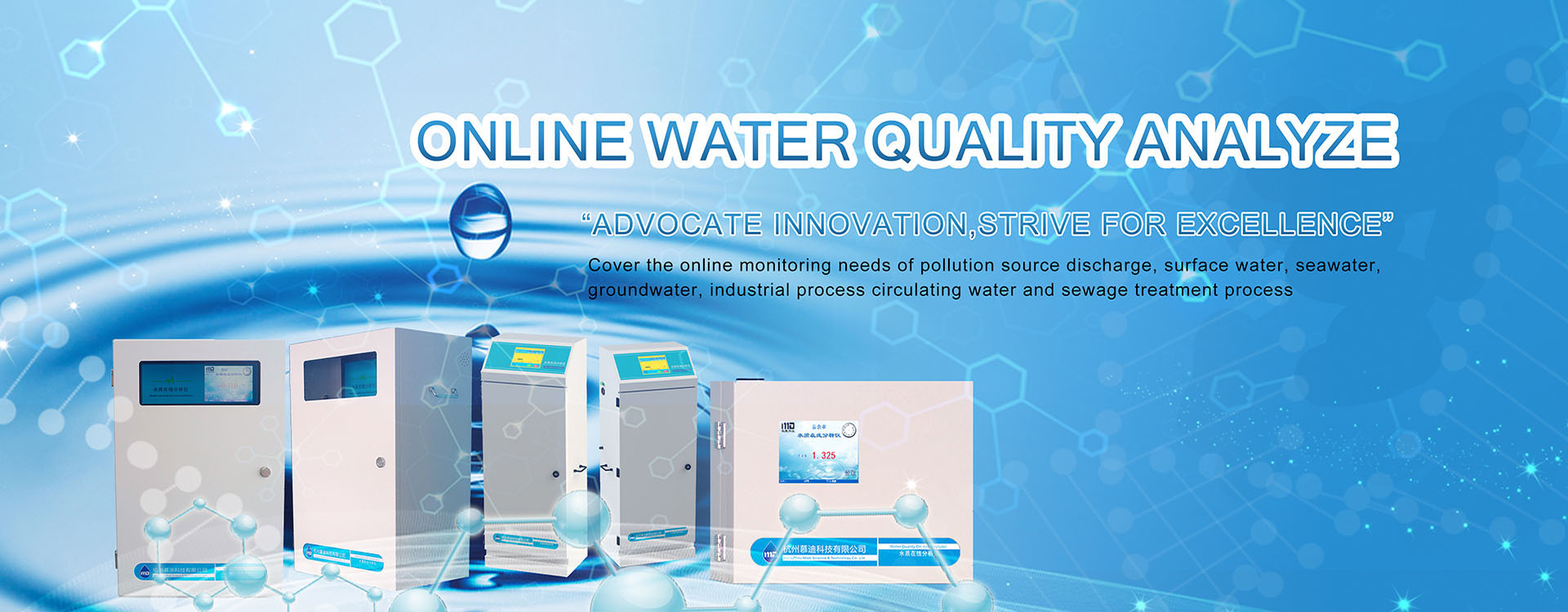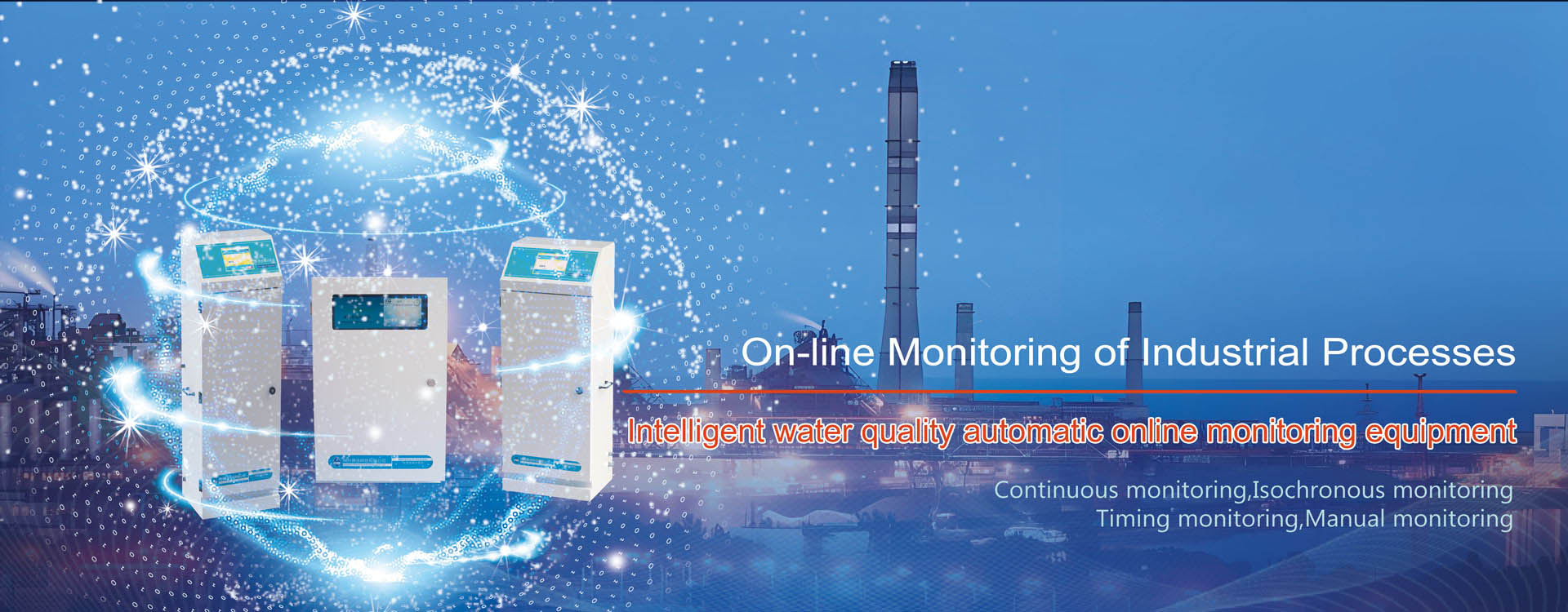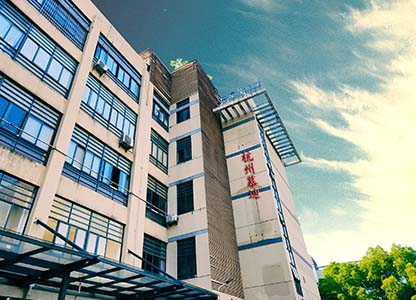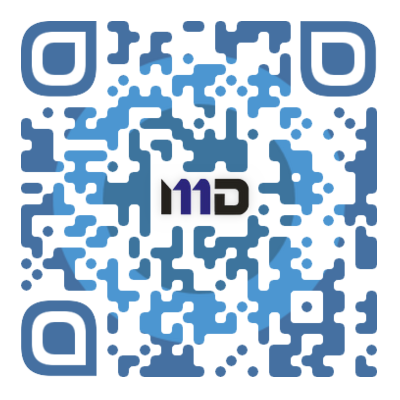In the textile dyeing industry, wastewater discharge is substantial. Typically, producing 1 ton of dyed textiles consumes 100–200 tons of water, with 80–90% discharged as wastewater. Below, we explore wastewater treatment and monitoring in this industry.
Common Treatment Methods
- Recycling
Wastewater can be recycled based on its characteristics. Examples include alkali recovery (e.g., reusing sodium hydroxide) and dye recovery to reduce resource consumption.
- Harmless Treatment
– Physical Methods:
– Sedimentation: Removes suspended solids (e.g., fabric residues) via gravity settling.
– Adsorption: Uses materials like activated carbon or clay to adsorb dissolved pollutants (e.g., dyes). Activated炭 achieves 93% adsorption efficiency for water-soluble dyes but struggles with hydrophobic dyes.
– Chemical Methods:
– Neutralization: Adjusts pH to reduce acidity/alkalinity and lower color intensity.
– Coagulation: Employs aluminum or iron salts (e.g., PAC) to aggregate dispersed dyes and colloids. While cost-effective, it generates sludge and performs poorly on hydrophilic dyes.
– Oxidation: Ozone oxidizes organic pollutants, achieving high decolorization rates (80% for certain dyes), but is energy-intensive and less effective on insoluble dyes like sulfur dyes.
– Biological Methods:
– Activated Sludge: Widely used for organic degradation but limited in color removal (~50% efficiency).
– Bio-Contact Oxidation: Enhances treatment by combining aerobic and anaerobic processes for complex pollutants.
Why Monitor Dyeing Wastewater?
- Pollution Control:
– Dyeing wastewater contains high levels of COD (2,000–3,000 mg/L), BOD, and colorants, which cause eutrophication and toxicity.
– Heavy metals (e.g., Cr, Cu) and salts in wastewater corrode equipment and harm ecosystems.
- Regulatory Compliance:
– Standards include COD ≤100 mg/L, BOD ≤25 mg/L, pH 6–9, and color ≤80 times per national regulations.
- Real-Time Monitoring:
– Parameters like pH, turbidity, dissolved oxygen, and heavy metals require continuous tracking to ensure safe discharge.
– Advanced sensors (e.g., COD analyzers, biotoxicity detectors) enable automated, real-time data collection.
Monitoring Solutions by Hangzhou Modi-Tech
Modi-Tech specializes in water quality analyzers, offering:
– COD Online Analyzers: Track chemical oxygen demand for organic pollution assessment.
– Total Nitrogen Analyzers: Monitor nitrogen levels to prevent eutrophication.
– BOD Rapid Testers: Measure biodegradable organic content.
– Biotoxicity Monitors: Use luminescent bacteria (e.g., *Vibrio fischeri*) to detect acute toxicity in 5–30 minutes.
Their T8000-Ba Barium Analyzer employs optical colorimetry for precise heavy metal detection, while the WTox-8000 Biotoxicity Analyzer integrates IoT for 24/7 monitoring.
Key Takeaways
– Integrated Approaches: Combine physical, chemical, and biological methods for optimal treatment.
– Automated Monitoring: Real-time systems (e.g., GPRS-based sensors) reduce costs and improve compliance.
– Innovative Technologies: AI-driven models (e.g., multi-modal data fusion) enhance detection of pollutants like antimony (Sb).
For tailored solutions, consult Hangzhou Modi–Tech to select analyzers aligned with your facility’s needs.




